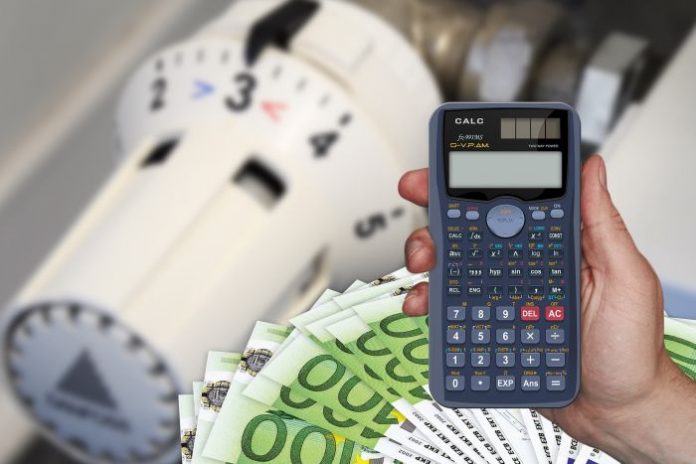
From 1st November, the law provides for the possibility of switching on heating systems in the so-called climate zone D, which includes large cities such as Rome, Genoa and Florence. The “season” officially began on 15th October, when it became possible to turn on the systems in over half of Italy’s 8,000 municipalities, those in the so-called zone E, which includes large cities such as Milan, Turin and Bologna, as well as mountain areas throughout Italy where the climate is harsher.
ENEA’s 10 practical tips for a pleasant temperature at home without “increasing” the bill too much, avoiding energy waste and protecting the environment:
1) Maintain your installations. This is the first rule when it comes to safety, savings and environmental protection. A system consumes less and pollutes less when it is correctly adjusted, clean and free of limescale deposits. Anyone who fails to maintain their system is liable to a fine of 500 euros (Presidential Decree 74/2013).
2) Control the room temperature. Excessive heating in the home can be harmful to your health and your pockets: legislation requires a temperature of 20 degrees plus 2 degrees of tolerance, but 19 degrees is more than enough to guarantee the necessary comfort. In addition, every degree lowered saves 5 to 10 per cent on fuel consumption.
3) Pay attention to the switching hours. It is not advantageous to keep the heating system on during the day and at night. In an efficient home, the heat accumulated by the structures when the system is working guarantees a sufficient degree of comfort even when it is switched off. The maximum daily switch-on time varies by law according to the 6 climate zones in which Italy is divided: from 14 hours per day for systems in zone E (north and mountain areas) to 8 hours in zone B (coastal areas in southern Italy).
4) Install reflective panels between the wall and the radiator. This is a simple but very effective solution for limiting heat loss, especially in cases where the radiator is built into the wall, reducing its thickness and degree of insulation. To help reduce heat loss to the outside, a simple sheet of tin foil can be sufficient.
5) Screen windows at night. Closing shutters and blinds or placing heavy curtains will reduce heat loss to the outside.
6) Avoid obstacles in front of and above radiators. Placing curtains or furniture in front of radiators or using radiators as clothes dryers hinders the diffusion of heat into the room and is wasteful. Furthermore, it only takes a few minutes to renew the air in a room, so windows should not be left open for too long as this leads to unnecessary heat loss.
7) Give your home a check-up. Asking a technician to carry out an energy diagnosis of the building is the first step to take to assess the state of thermal insulation of walls and windows and the efficiency of air conditioning systems. With the diagnosis it is possible to know what needs to be done and to evaluate the cost-benefit ratio. As well as cutting heating costs by up to 40%, the measures are even more convenient if you take advantage of tax deductions for the energy requalification of buildings, the ecobonus that allows you to deduct from your IRPEF or IRES taxes from 50 to 85% of the expenses incurred depending on the complexity of the intervention and the Superbonus, with a deduction rate of 110%.
8) Choose innovative heating systems. Since 2015, with few exceptions, only condensing boilers can be installed. You should consider replacing your old heat generator with a condensing one or a high-efficiency heat pump. Biomass boilers and hybrid systems (condensing boiler and heat pump) are also available, combined with solar thermal systems to heat water and photovoltaic systems to produce electricity. Tax relief is also available for these systems.
9) Choose innovative technological solutions. It is essential to equip your system with an automatic temperature control unit to avoid unnecessary peaks or surges in power. The possibility of hourly, daily and weekly programming guarantees further energy saving. Home automation also helps to save energy: chronothermostats, presence sensors and electronic controllers allow the temperature of individual rooms and the switch-on time of heating systems to be regulated remotely via mobile phone.
10) Install thermostatic valves. These devices are used to regulate the flow of hot water in the radiators so that the set temperature for heating the rooms is not exceeded. Compulsory by law in apartment blocks, thermostatic valves help reduce consumption by up to 20%.






































